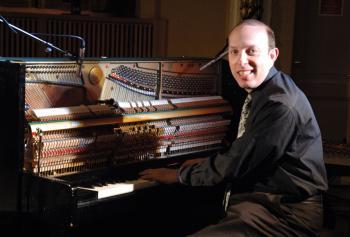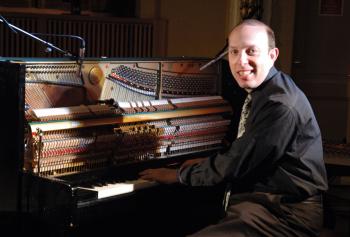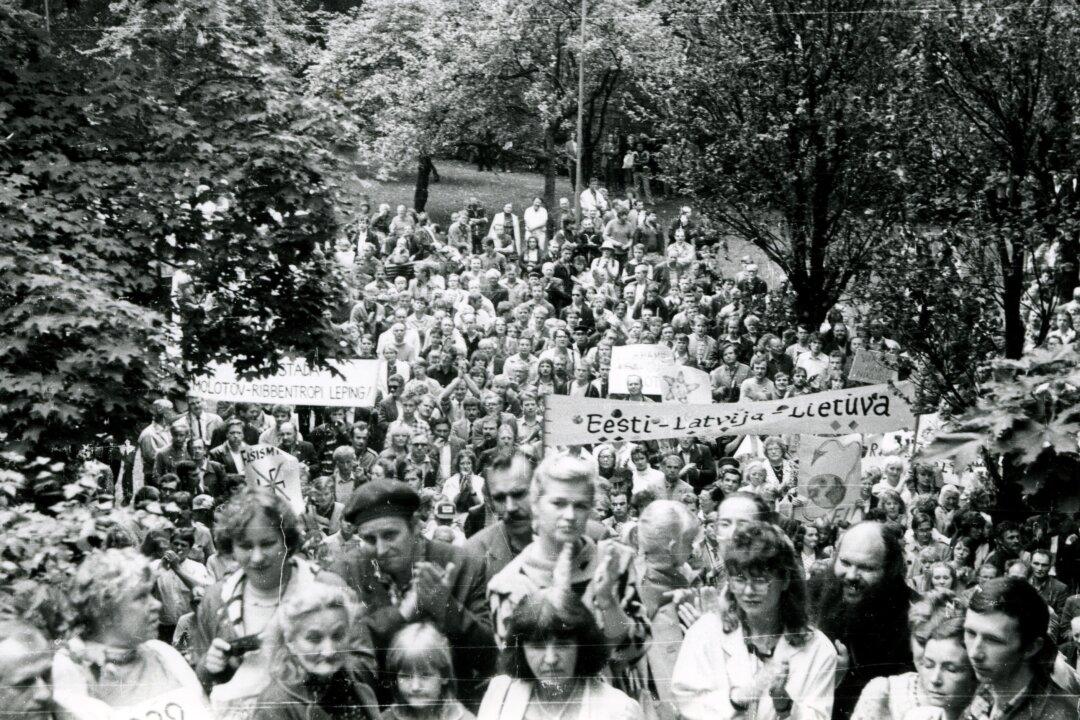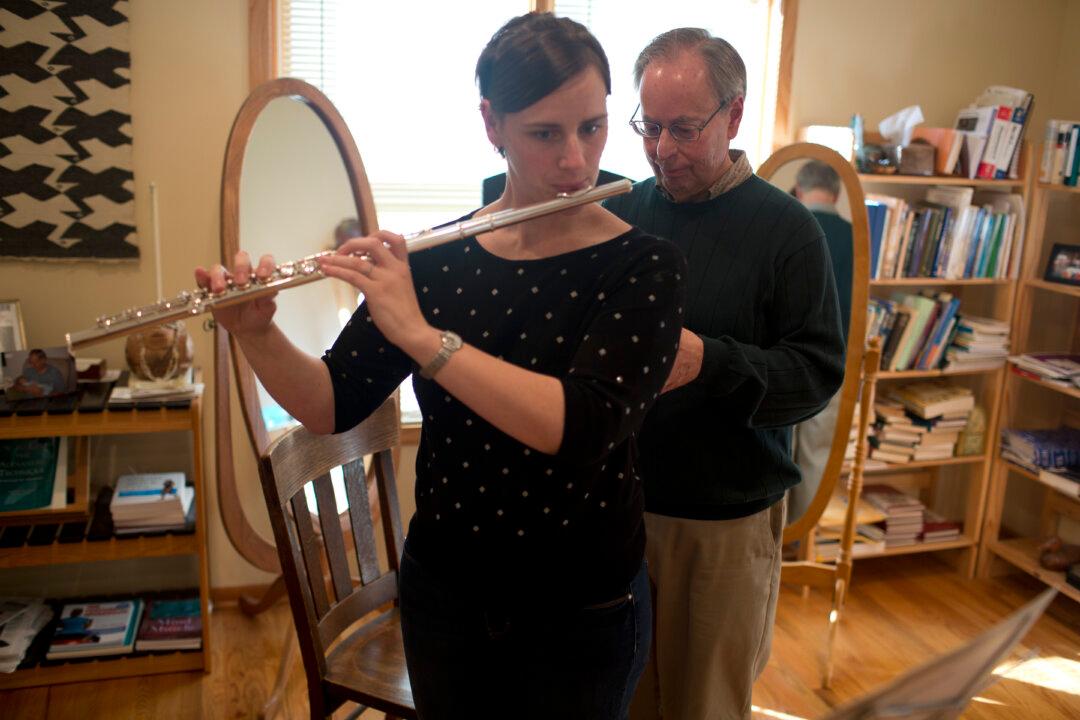Ever wonder what happened to those impassioned pianists who played for the silent movies of Charlie Chaplin and Laurel and Hardy? The artists have not been lost in the dusty archives from the 1920s. Their art has never been lost and is even making a comeback.
Ben Model, one of the leading silent movie accompanists in the U.S., has been a silent film pianist at the Museum of Modern Art (MoMA) in New York for the last 25 years. From an early age, his life seemed to be shaped for this unusual career.
“I began playing piano for silent films while attending film school at New York University. This was before VHS and so all films were shown in 16 mm ... silent. I had grown up absolutely in love with silent films, and it bothered me that they were [being] playing so poorly. I had been playing piano since I was a kid, and felt I had to do something to help these wonderful movies. I figured, ‘I don’t know what I’m doing, but it’s got to be better than nothing!’”
The head of the film department at the university thought his accompanying the “silents” during class was a great idea and encouraged him to do it. Since there were no “how-to” books, Ben Model searched out everyone in New York City who was accompanying silents and befriended the organist and composer Lee Erwin.
At that time (early 1980s) Lee was the house organist for the Carnegie Hall Cinema (now Zankel Hall) and had accompanied silents on the theater organ during the 1920’s himself.
“Lee passed on to me his philosophy and techniques of how to accompany silent films and was a friend and mentor for many years. Lee passed away in 2000 at the age of 91.”
Ben Model had no difficulty accessing silent movies when he was growing up, especially comedy shorts, as they were shown on TV throughout the 1950s, 60s, and 70s. He could also buy copies of old films in 8 mm and 16 mm. As a youngster, he saved his lawn-mowing and paper-route money and bought Buster Keaton, Charlie Chaplin, and Harry Langdon short films; it was the only way to see more of them.
“My parents tell me I discovered Charlie Chaplin at the age of 3, in the mid-1960s.”
Silent films stopped being shown regularly in the early 1980s with the rise of cable TV. That’s when Laurel and Hardy and the “Little Rascals” shorts—which had been on the air since the early 1950s—ceased being shown as well.
But Ben Model’s love for silent movies had already grown strong—especially after it turned out he lived in the same town as the famous Broadway critic Walter Kerr, the author of “The Silent Clowns.”
“My folks heard he had a large 16 mm film collection, and I wrote him a letter (I was 12). A few days later, he called me up and, for the next 15 years or so, I went to his house a few times every year to watch silent movies in his study which was set up with a screen, and theater seats, and 16 mm projectors, ... and a reel-to-reel tape recorder that Mr. Kerr played soundtracks on which he had compiled from instrumental records.”
Silent Films (and Its Music) ... are Back
Ever wonder what happened to those impassioned pianists who played for the silent movies of Charlie Chaplin and Laurel and Hardy?
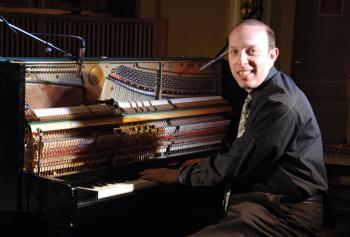
Ben Model at the piano Morten Skallerud
|Updated:


